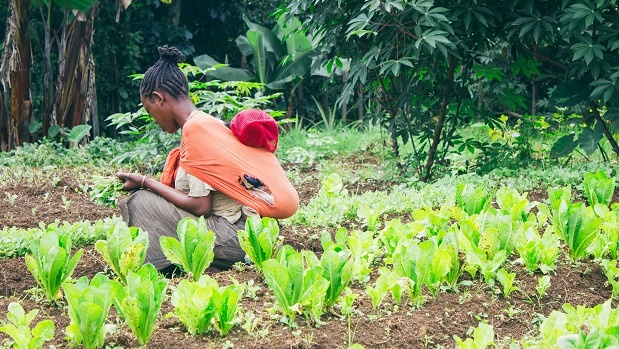
A superficial grasp of profound historical changes has been one of the causes of the failures of land reform. An important example of this tendency is the mistaken idea that South Africa has a substantial dormant black peasantry waiting to be revived.
It contributed to misguided policies in the 1990s and is still being expressed in debates.
President Cyril Ramaphosa recently referred to this slumbering peasantry. He told Parliament that once it was given access to land it would spring back to life and provide a major boost to the economy.
My generation of historians detailed the rise and fall of a market-oriented black peasantry with great enthusiasm and some exaggeration. Eloquent accounts were penned of the skills, impressive harvests and teeming herds of black sharecroppers.But colonial conquest, land disposession, taxation and other pressures set in motion the tragic destruction of this potential.
In the 20th century it was the pervasive and increasingly coercive system of migrant labour that left the most indelible mark on most African rural communities and fundamentally restructured their economic and social systems. The roots of this labour system stretch back to the early decades of the 19th century, long before formal colonial control was a reality for most South Africans. But from the 1890s it was reshaped by state power, business interests and racist policies to provide a massive flow of low-wage migrant labour to industry. These forces had the common objective of preventing black families from moving to urban areas, participating in a common political system and denied them equal property rights.
These pressures ensured the development of black farming was stunted and from the 1890s the vast majority of black families on the land were unable to achieve even basic subsistence. Their position deteriorated rapidly from the 1950s as the apartheid system tightened pass laws and enforced the removal of millions of people from the white areas to bantustans. Under these pressures what remained of black agriculture suffered further damage and decline.
By the 1960s the wages that migrant workers sent home became the lifeblood of rural communities. From the late 1970s the downturn in economic growth led to mounting unemployment. State pensions and other social transfers overtook migrant remittances as the main form of income of rural communities. This has intensified since the 1990s.
At the same time that jobs dwindled, there was at long last a major roll out of primary and secondary education in the bantustan areas. This development further undermined agriculture by reducing the supply of youthful labour for crop production and especially for herding livestock. Young people developed greater expectations and wider horizons. Risky and poorly paid farming featured very low in their imagined futures. Herds dwindled and growing amounts of land in the bantustans were left fallow as lack of capital, labour and prospects sapped the desire of many to risk their hopes, time and resources on farming.
These views were powerfully propagated by the World Bank and associated intellectuals and drew on inappropriate comparisons which showed a very limited grasp of South African history.
It was assumed that Asian societies with very old – and still well-established traditions of family farming on highly fertile, rain soaked lands – offered appropriate lessons for South Africa.
The awkward absence of examples of long-destroyed peasantries providing the seedbed for substantial new farmer classes was ignored. These misleading historical and comparative perspectives contributed to a massive underestimation of the support, training and resources that were required to give the relatively small numbers who wished to farm a fighting chance of success.
It might be imagined that the well-documented failure of land reform since 1994, would have given all political leaders pause for deep thought about the relevant points of comparison. But, in today’s strident debates, Asian models are in vogue once more. This time around the Asian Tigers (Korea, Taiwan and Singapore) which are regularly held up as shining examples to emulate. Yet again the particularity of both their and our history is being ignored.
In these societies peasantries, while also subordinated in various ways, had not been turned into migrant workers on a massive scale. Living from the land remained central to the lives of most of the beneficiaries of land reform in southeast Asia.
I am not suggesting that there is no scope for increasing the numbers of black small farmers. But handing out rural land to new and/or underresourced recipients without appropriate economic support, mentoring systems and social infrastructure already in place, is a prescription for failure.
South Africa has taken decisive steps down the road of industrialisation and urbanisation.
The greatest demand for land in the future, and the places that offer the best hope for creating real opportunities for poor South Africans, will be in the urban and peri-urban areas. We should shift our gaze from peasants in the 1890s and Asian rice paddies in the 1950s and focus on the deep transformation of our own society in the past century. And we should debate the possibilities for land reform in a more appropriate comparative framework.
- Delius, an emeritus professor at Wits University, has published numerous books and articles on land and rural transformation. His most recent book, co-authored with William Beinart and Michelle Hay, is Rights to Land: A Guide to Tenure Upgrading and Restitution in SA




 Publications
Publications
 Partners
Partners









